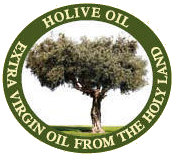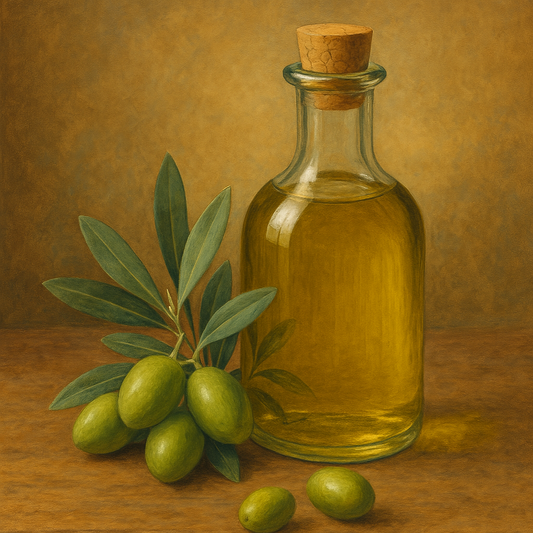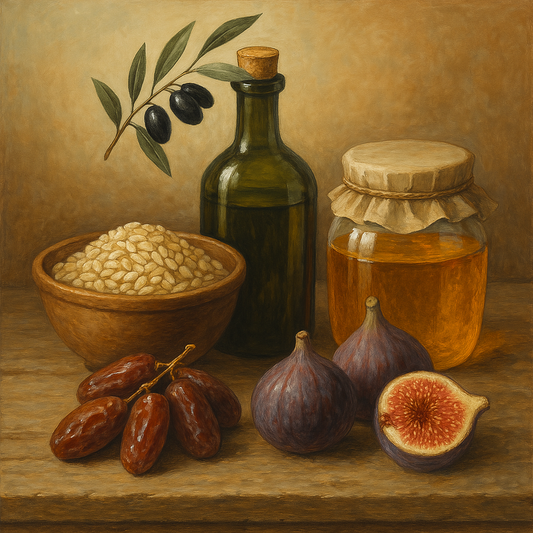
How to check if that olive oil you bought is adulterated
Share
You may have read recent reports that found that about 80% of oil that is labelled as extra virgin olive oil is actually fake and adulterated.
In fact Italian state police seized 7,000 tons of fake extra virgin oil some years ago, most of it headed for American kitchens.
Real extra virgin olive oil is expensive to make.
That's why many brands cut corners in hopes consumers won't notice. Some brands focus on short term profit without considering that if you make an exceptional olive oil, customers will love it and keep coming back for more.
How to check if olive oil is real
If you're not sure about the purity of the big brand or blend you bought at the grocery store, here are a few ways to check:
1. Taste it! You should feel a bit of a peppery bite with a good olive oil - that's a sign it is rich in polyphenols, which are one of the compounds that make olive oil so healthy. Real olive oil should taste so good it makes you want more. It should never taste greasy or rancid. If you are unsure, do a side-by-side taste comparison with Holive Oil and you will tell the difference immediately.
2. Smell it! Olive oil should smell GOOD. Not industrial, not chemical. If that grocery oil you bought doesn't taste or smell good to you, the problem isn't you, it's the oil! Try Holive Oil and you will feel the difference immediately. You'll never go back to inferior oils.
Holive Oil's commitment to quality
If you want to try an extra virgin olive oil that is 100% pure, try Holive Oil. From the moment the olives are harvested to the final production stages, meticulous care is taken to preserve the integrity of this liquid gold. You can feel the difference each time you taste the oil.



